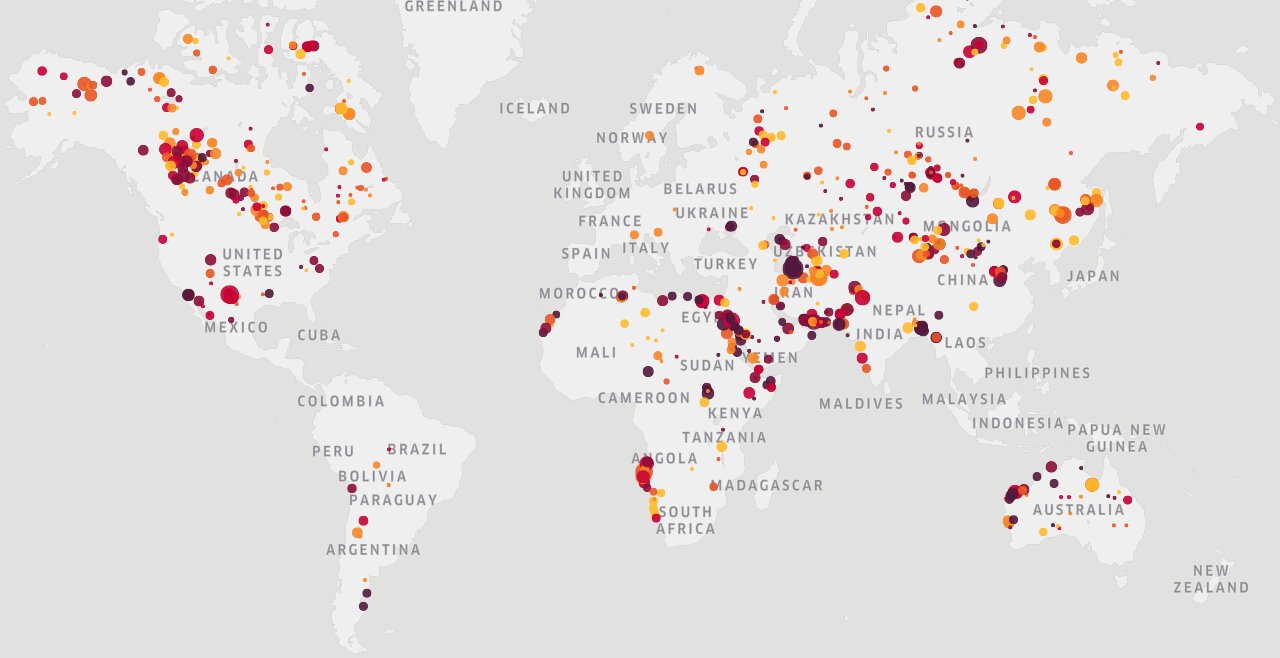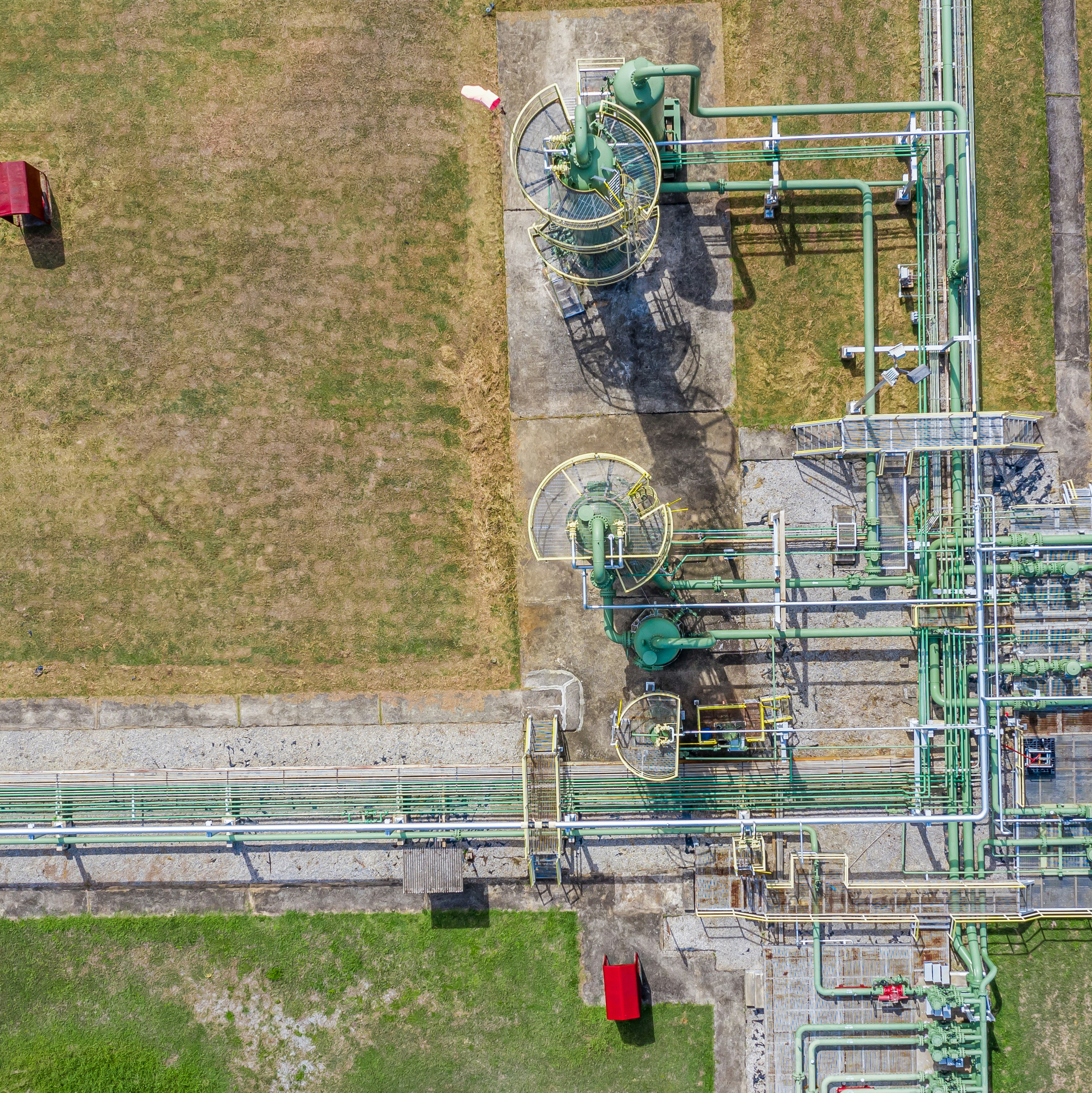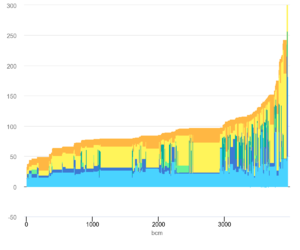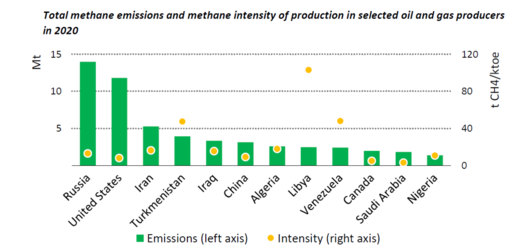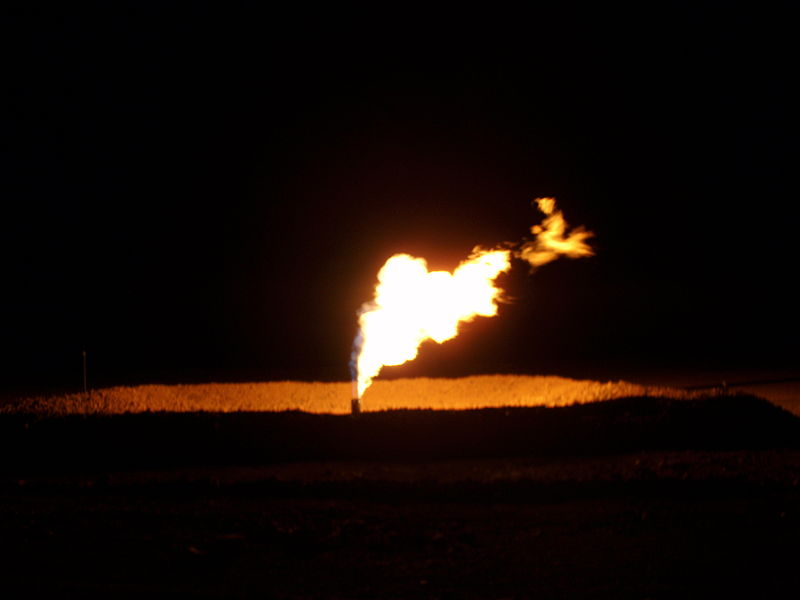Heat pumps 'worse' than gas boilers for warming up homes, admits Energy Secretary
Boris Johnson's proposed green alternative to gas heating is inferior to traditional boilers, the Business and Energy Secretary has admitted, as he insisted that heat pumps were not "much worse" than the technology they are designed to replace.
Funny that US is adopting cold temp heat pumps yet the British politicians are dumping on them.



